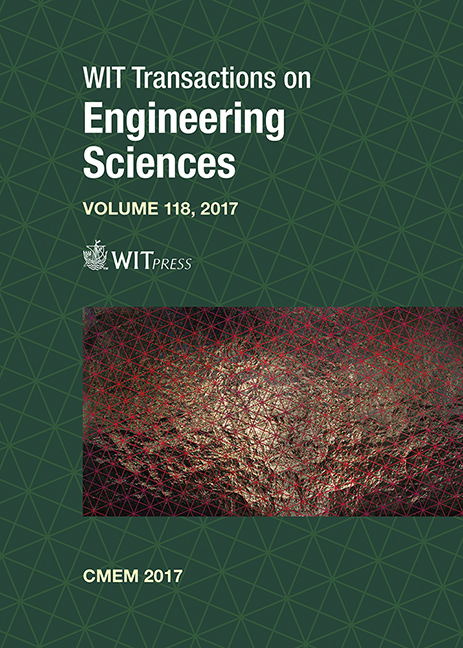EXPERIMENTAL AND NUMERICAL INVESTIGATIONS OF HEATING IN A BUS CABIN UNDER TRANSIENT STATE CONDITIONS
Price
Free (open access)
Transaction
Volume
118
Pages
11
Page Range
49 - 59
Published
2017
Size
429 kb
Paper DOI
10.2495/CMEM170061
Copyright
WIT Press
Author(s)
ÖZGÜR EKICI, GÖKHAN GÜNEY
Abstract
This study carries out an experimental and numerical work in order to investigate the air flow and temperature fields inside a coach bus cabin. In addition to a real-world experiment, an existing bus heating system has been investigated computationally using a three-dimensional model consisting of one seating row with periodical and symmetrical boundary conditions (BCs) as required. The seats, without including passengers as has been the case in the experiments, are created with adiabatic BCs. The developed computational fluid dynamics (CFD) model is used in a transient analysis of heating by employing the “Boussinesq Approximation” for buoyancy-induced effects and incorporating the experimentally obtained BCs into the system. The model validation is performed by comparing model results against experimentally obtained ones for three regions, corresponding to head, knee, and foot level of passengers. The difference between the measured and the calculated temperatures is found to be less than around 3°C for the head and foot level, while it is 5°C for the knee level of the passenger for the transient heating simulation.
Keywords
CFD, experimental, thermal comfort, modelling, heating, bus cabin





